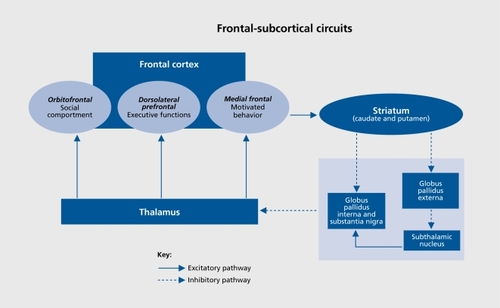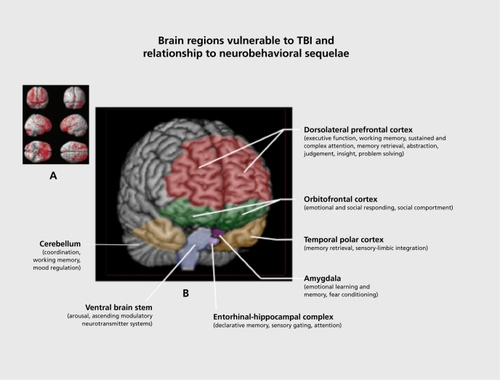Figures & data

Adapted from ref 111: Arciniegas DB, Beresford TP. Neuropsychiatry: an introductory Approach. Cambridge, UK: Cambridge University Press; 2001:58. Copyright © Cambridge University Press, 2001

Table I. Neural substrates of common sequelae of TBI. TBI, traumatic brain injury; PTSD; post-traumatic stress disorder; GABA, γ-aminobutyric acid
(A) Adapted from ref 112: Bigler E. Structural imaging In: Silver J, McAllister T, Yudofsky S, eds. Textbook of Traumatic Brain Injury. Washington DC: American Psychiatric Press; 2005:87. Copyright © American Psychiatric Press, 2005. (B) Adapted from ref 111: Arciniegas DB, Beresford TP. Neuropsychiatry: an Introductory Approach. Cambridge, UK: Cambridge University Press; 2001:58. Copyright © Cambridge University Press, 2001
